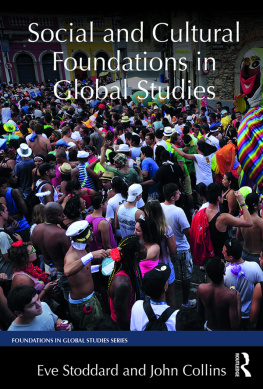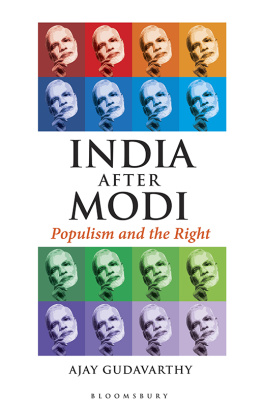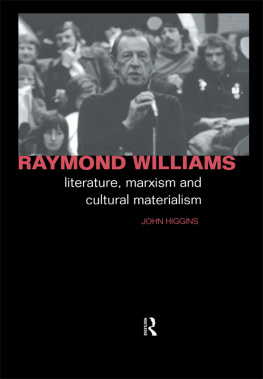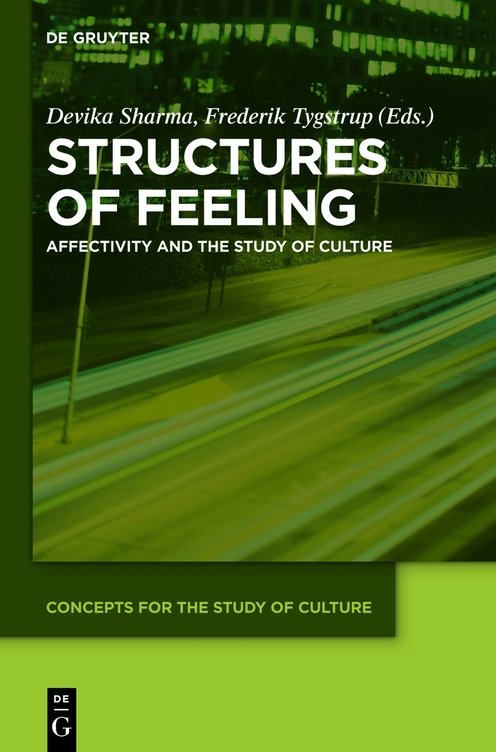1 Introduction
crisis. In many respects this mediashock follows from the attacks on the World Trade Center and the Pentagon and more crucially from the overwhelming aftershocks that have rumbled (and continue to rumble) through the global economic and security apparatuses in the first decades of the twenty-first century. But mediashock preexisted 9/11 and has been intensified, transformed, and reinitiated many times in the twenty-first century.
Indeed US media thrive on crisis, shock, and disaster. At the first sign of meteorological turmoil, social unrest, financial turbulence, or natural cataclysm, print, televisual, and networked news media shift into crisis mode, generating on-the-ground reports, live updates, multiple commentaries and breaking news. CNN pioneered the 247 crisis mode in global cable news as far back as the 1980s, but the medias thirst for crisis, its obsession with remediating disaster and premediating shock, has intensified in the twenty-first century, jump-started by the events of 9/11 but escalating in the subsequent decade. With the exception of regularly scheduled, periodic events like the Olympics or World Cup, political elections, or award ceremonies, the most intensive media coverage invariably occurs in response to aperiodic crises or disasters that operate according to their own temporality whether dramatic falls on the worlds financial markets; hurricanes, earthquakes, volcanoes, or tsunamis; geotechnical accidents like mine explosions, oil leaks, floods, or nuclear meltdowns; violent terrorist acts like suicide bombings, assassinations, or hijackings; or political upheavals like strikes, demonstrations, occupations, or riots. Of course covering such unexpected events is what news is supposed to do and has always done. But what is distinctive about the current mode of crisis mediation is that these mediashocks are not only felt in the formal news media, but reverberate throughout informal participatory media as well. Disasters like these not only set local, national, and international news organizations into immediate action but are felt even more quickly in the world of social media, as twitterstreams, Facebook feeds, YouTube, Tumblrs, Reddit posts, instagrams, email, blogs, and instant messages multiply exponentially in the aftermath of such events.
This essay sets out the concept of mediashock as a way to make sense of the mood or atmosphere of shock or crisis that US media in the twenty-first century work simultaneously to create and to contain. Building on my recent work on premediation, mediashock participates in the critique of representationalism that has been intensifying in cultural, political, and media theory over the past couple of decades. I take as my point of departure the ways that print, televisual, and networked media circulate and remediate shock particularly how they produce, intensify, and modulate the affectivity of shock, both individually and collectively, among humans and nonhumans alike. Although mediashock names a specific condition of the twenty-first century, the concept also has its historical antecedents. The intensification of media saturation, the unprecedented distribution of mobile technical media devices, and an everyday mediasphere that is more complex, multiple, and contradictory than in previous centuries all of these participate in the generation of mediashock in the early twenty-first century. Nonetheless, the concept of mediashock itself has a genealogy that goes back at least to the beginning of the twentieth century, and its effects can be identified in the print and telegraphic media responses to such earlier historical disasters as the 1755 Lisbon earthquake or the Great Chicago Fire of 1871.
In a fuller version of this piece I outline some of the ways that mediashock has been conceptualized in the twentieth century in the US and in Europe. The longer version also takes up the remediation of the Japanese earthquake and tsunami in March 2011 as an exemplary case of the connection between the mediation of disasters or crises and the affectivity of shock that these remedia-tions produce, modulate, amplify, and shape. Here I focus more generally on the temporal and technical formats through which media engage with the public in the twenty-first century, the logics and temporalities of social networking, mobile devices, email, and web browsing. I delineate four different senses of the concept of mediashock: 1) the preoccupation of news media with and media technologies in the past few decades, including mobile technical devices, socially networked programs or formats, and the translation of seemingly innumerable media interactions into big data for the purposes of commerce, security, and finance.
2 Premediation
In my recent book, Premediation: Affect and Mediality After 9/11 (2010), I trace out a shift in the temporality of mediation at the start of the twenty-first century, from a focus on the present and recent past, which predominated in the latter decades of the twentieth century, to an increasing focus on the future, which has come to predominate at the beginning of the twenty-first century. Taking up formats and practices of mediation circulating through the United States in the period after September 11, 2001, I trace the emergence, or more accurately the intensification, of a logic of premediation in post-9/11 US media. Although premediation predates the event of 9/11, it became plainly evident in the run-up to the Iraq War in 2002 and 2003. Premediation is a counterpart to the concept of remediation that Jay Bolter and I developed in the late 1990s to make sense of the contradictory logics and practices of mediation circulating at the end of the previous millennium (see Grusin and Bolter 1999). Premediation does not displace remediation but deploys it in different aesthetic, sociotechnical, or political formations. The double logic of remediation still obtains today, but its conflicting media logics are formally different.
Unlike remediation, which seeks a kind of perceptual or affective immediacy, premediation works to produce an affectivity of anticipation by remediating future events or occurrences which may or may not ever happen. The media regime of premediation marks not the 1990s potentiality. While premediation often takes the form (as it did in the run-up to the Iraq War) of the proliferation of specific possibilities, or particular scenarios, the generation of these possible scenarios premediates the potentialities or virtualities out of which future actions, decisions, or events might (or might not) emerge. The aim of these premediations is not necessarily (or in many cases not at all) to get the future right, but to mobilize or modulate in the present individual and collective affective orientations towards the future. Although premediation has much in common with game-planning, scenario-building, or prediction, each of which imagines the future as something like a determinable state that can be controlled or forecast or planned, the distinction between the possible and the virtual distinguishes premediation from these more goal-oriented or instrumental modes of imagining the future. To define premediation as the remediation of virtuality or potentiality is to insist that there are always multiple competing and incomplete futures multiple actualities which could emerge from any potential present, but which emerge not by the negation or addition of particular variables or factors but by differentiation and divergence from other potential but never actualized futures. Where game-planning, scenario-building, and prediction define the real in terms of which imagined futures eventually come to pass, premediation maintains that these virtualities are already real insofar as they produce or mobilize real affective states (and real actions) in the present. To think of the future as virtual, and therefore as real, is to insist on the efficacy, or force, of the multiplicity of premediations in and of themselves no matter which futures might actually result.










